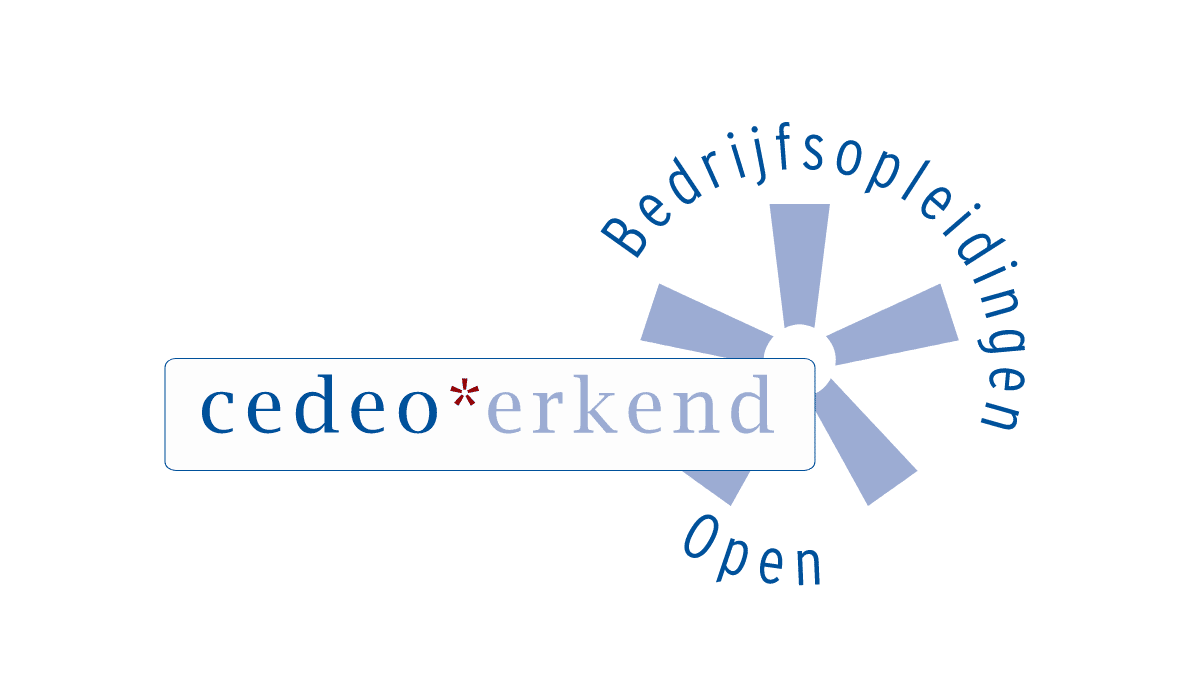Home Bridging the SME sustainability gap
Bridging the SME sustainability gap

Michiel Slinkert, Co-Founder, Eevery
Large organisations all over the world are embracing sustainability and taking stock of climate risk. These organisations often have structures which facilitate accepting such new challenges. Small and medium-sized (SME) enterprises often don’t have this luxury. While many smaller businesses embrace ESG improvements, it can be difficult for them to quantify and demonstrate this. Eevery, a knowledge partner for the Sustainable Finance and Climate Risk Event, is a sustainability improvement platform for SMEs in the Netherlands and the UK. We spoke to Eevery founder and managing director Michiel Slinkert.
Why should SMEs consider taking their sustainability more seriously?
Today, many SMEs are being confronted by stakeholders who ask: “what are you doing about sustainability and ESG improvement?” Many of these companies already have initiatives in place such as waste recycling and other environmental initiatives. Also, sponsoring or volunteer work in local communities is a well-known way by which SMEs pay back to society. But very often they cannot show stakeholders exactly what they are doing.
How can they show stakeholders more clearly?
The leaders in these companies need guidance and a framework to be able to demonstrate to the outside world that they are contributing. But it must be easy to use as most owners and managers at SMEs are fully engaged with just running the business. This is where Eevery can help: it is a platform which allows SMEs to measure and report on their sustainability. However, with a purpose to improve not just report on sustainability, ESG and carbon footprint. In addition to reporting, the platform provides a framework for practical improvements which is aligned with internationally recognised standards.
Which international standards?
We use globally accepted standard GRI, and we will likely soon migrate to, or incorporate, the EU sustainable financial reporting standards are they are being developed now. In general these standards are too in-depth and complicated for the average SME and need to be simplified. Our system is therefore calibrated to them but does not use them from A to Z in full detail.
Are there specific advantages to GRI?
One of the positive aspects of using GRI for the ESG principles is that you can also demonstrate objectively to which UN Substantiable Development Goals you are contributing, because that has been mapped by GRI and the UN. We have also included the EU taxonomy which includes a special set of test questions for SMEs. This allows them to demonstrate that they are aligned with the taxonomy which is important. We are using these global frameworks, but in a SME-friendly way.
What benefits can SMEs gain by improving their sustainability performance?
One immediate benefit is that they can demonstrate to the outside world that they are taking sustainability seriously. There is also direct value creation on the cost side. The energy crisis is a good example: SMEs which addressed their energy efficiency three years ago, are in a much better position today than the rest. There are also benefits for human capital. In today’s very tight jobs market, if you show you really do care about these issues and are doing something about it, it can help you hire better qualified people more easily. And, if you are pitching or trying to sell to the government, or to mid-sized or larger corporations, you certainly get a better chance of selling into these markets, if you can demonstrate a serious and structured approach to sustainability. So, there are direct benefits in three primary value drivers of the business.
So how does an SME start on this journey?
Our approach is based on common sense. The first thing to do is to take stock of where you stand: a basic assessment or impact study. You take stock and our tooling helps you create a picture of the company’s environmental, social and to a lesser extent with SMEs, governance impact. SMEs don’t have the luxury of sustainability departments which deal with such matters, like corporations do. So, they need to have tooling and a solution which is dependable, which uses international standards, but which is still relatively easy to implement and use.
What’s the next stage?
Once you have taken stock you then decide whether you want and need to take extra measures right now, or not. First reach that conclusion. If you then decide to do something, you need to set out a programme of which aspects of ESG improvements you are going for. You formulate an improvement plan with KPIs within the SME organisation in a way which works for the people who work there. You plan a second measurement in, for instance, a year’s time based on that plan. This is to establish what you have done, what has been achieved. If you are using the Eevery platform, these assessments are all recorded and measured, and from your baseline you can begin to improve. These improvements are quantified and captured over time so that SMEs can demonstrate their progress in a consistent and transparent manner.
What aspects of the business should SMEs be thinking about addressing in terms of sustainability?
A lot of businesses automatically think about the Environmental aspects of ESG. There are always steps you can improve on in terms of Environmental impact if you are an SME, but it really helps to have a programme set up, so you know what you are aiming for. Apart from the E, SMEs often overlook the Social element of ESG. Generally, we find companies can make quite a lot of improvements on aspects such as implementing policies governing anti-discrimination, equal rights, pay equality across genders, equal opportunities, and health and safety.
But surely companies do this already?
These are themes which seem obvious but are not that straightforward. I often ask companies: “what does your anti-discrimination policy look like?” Often, they don’t have one. The Eevery platform can provide them with one. They can have a look at that and in terms of actionable results they can consider implementing that policy. This doesn’t just mean ticking a box. If a company opts to use this policy, the next time the company takes an assessment the platform will ask them “how many times have you communicated this new policy among your staff, and have you had training sessions on this subject with your employees?” It is a step-by-step process.
Why should SMEs be encouraged to address sustainability?
People often forget that collectively SMEs in the Netherlands and the UK are responsible for over 50% of all CO2 emissions, and that 40% of the total workforce is employed by SMEs. So, in terms of impact, if we can improve the environmental footprint of SMEs in the UK and the Netherlands by just 10%, that could take care of 5% of CO2 reduction. It adds up. And if we can help to optimise the working and social conditions with SMEs that means helping 30%-40% of the total labour force in those countries. The impact which can be made by helping SMEs improve their “E” and their “S” is very significant. And that is personally which I like about what we are doing at Eevery. We can really contribute and have considerable impact.
What do you hope to gain from the Sustainable Finance and Climate Risk Event?
Eevery is calibrated to global standards, and we would like to get a feel for how the investment community and the financial community is developing and applying these standards. We know that the new directions will filter down the SMEs over time, which means that at Eevery we can adapt our platform to make sure that we are aligned with sustainability requirements from this community. We also have an enterprise solution which allows a large user to create and monitor a whole portfolio of SMEs. This solution could be used by the investment and financial community to foster sustainability improvements with their SME clients and demonstrate these improvements to their respective stakeholders.
If you would like to attend the Sustainable Finance & Climate Risk Event on November 8th, 2022, register here as a participant. Or download the brochure for more information.
Securitisation Event
The Securitisation Event, where more than 250 participants come together annually to discuss developments...
Hypotheken Event
De nieuwe editie van het Hypotheken Event. Al 34 jaar hét Nederlandse kennis- en...
Download the brochure
Share
